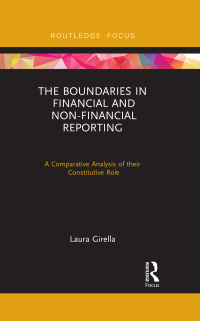
Required information Exercise 6-21B Complete the accounting cycle using inventory transactions (L06-2, 6-3, 6-5, 6-6, 6-7) (The following information applies to the questions displayed below.) On January 1, Year 1, the general ledger of a company includes the following account balances: Accounts Cash Accounts Receivable Allowance for Uncollectible Accounts Inventory Land Accounts Payable Notes Payable (9%, due in 3 years) Common Stock Retained Earnings Totals Debit Credit $ 25,900 46,500 $ 4,300 50,000 91,680 25,200 50,000 76,000 58,588 $214, eee $214, eee The $50,000 beginning balance of inventory consists of 500 units, each costing $100. During January Year 1, the company had the following inventory transactions: January 3 Purchase 1,850 units for $209,058 on account ($113 each). January 8 Purchase 1,950 units for $230, 180 on account ($118 each). January 12 Purchase 2,058 units for $252,158 on account ($123 each). January 15 Return 200 of the units purchased on January 12 because of defects. January 19 Sell 6,000 units on account for $900, eee. The cost of the units sold is determined using a FIFO perpetual inventory system. January 22 Receive $881,800 from customers on accounts receivable. January 24 Pay $650,000 to inventory suppliers on accounts payable. January 27 Write off accounts receivable as uncollectible, $2,900. January 31 Pay cash for salaries during January, $139,000 The following information is available on January 31, Year 1. a. At the end of January, the company estimates that the remaining units of inventory are expected to sell in February for only $100 each. b. The company estimates future uncollectible accounts. The company determines $6,000 of accounts receivable on January 31 are past due, and 40% of these accounts are estimated to be uncollectible. The remaining accounts receivable on January 31 are not past due, and 5% of these accounts are estimated to be uncollectible. (Hint: Use the January 31 accounts receivable balance calculated in the general ledger.) c. Accrued interest expense on notes payable for January, Interest is expected to be paid each December 31. d. Accrued income taxes at the end of January are $14,300. Exercise 6-21B Part 3 a. At the end of January, the company estimates that the remaining units of inventory are expected to sell in February for only $100 each. b. At the end of January, $6.000 of accounts receivable are past due, and the company estimates that 40% of these accounts will not be collected. Of the remaining accounts receivable, the company estimates that 5% will not be collected. c. Accrued interest expense on notes payable for January. Interest is expected to be paid each December 31. d. Accrued income taxes at the end of January are $14,300







